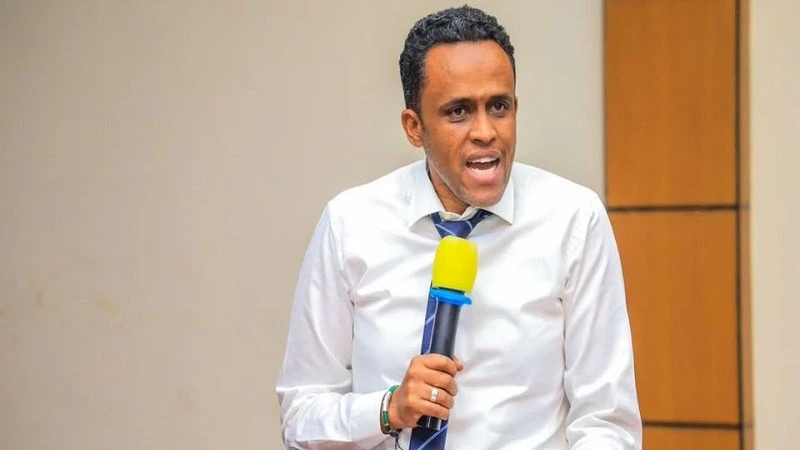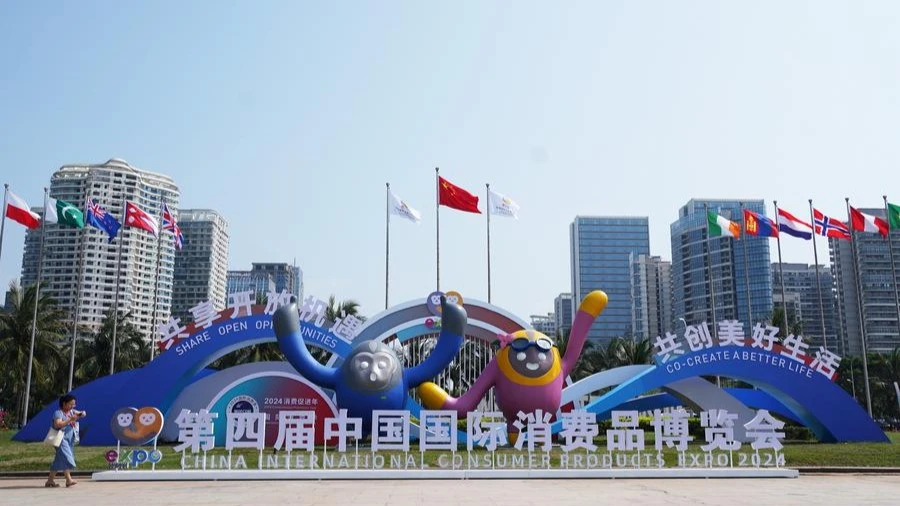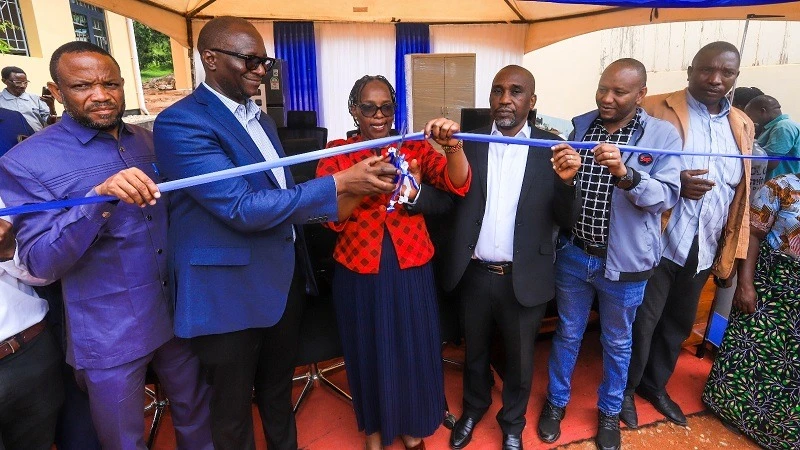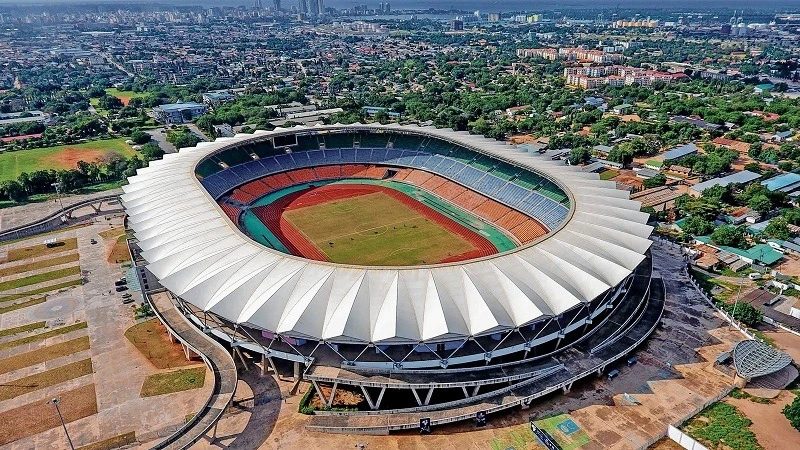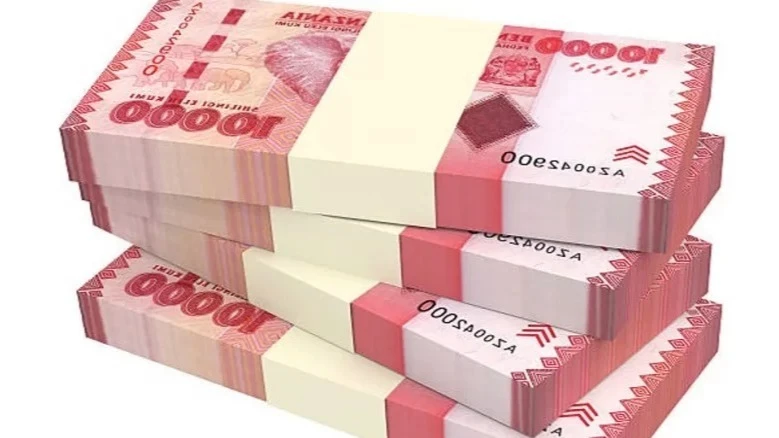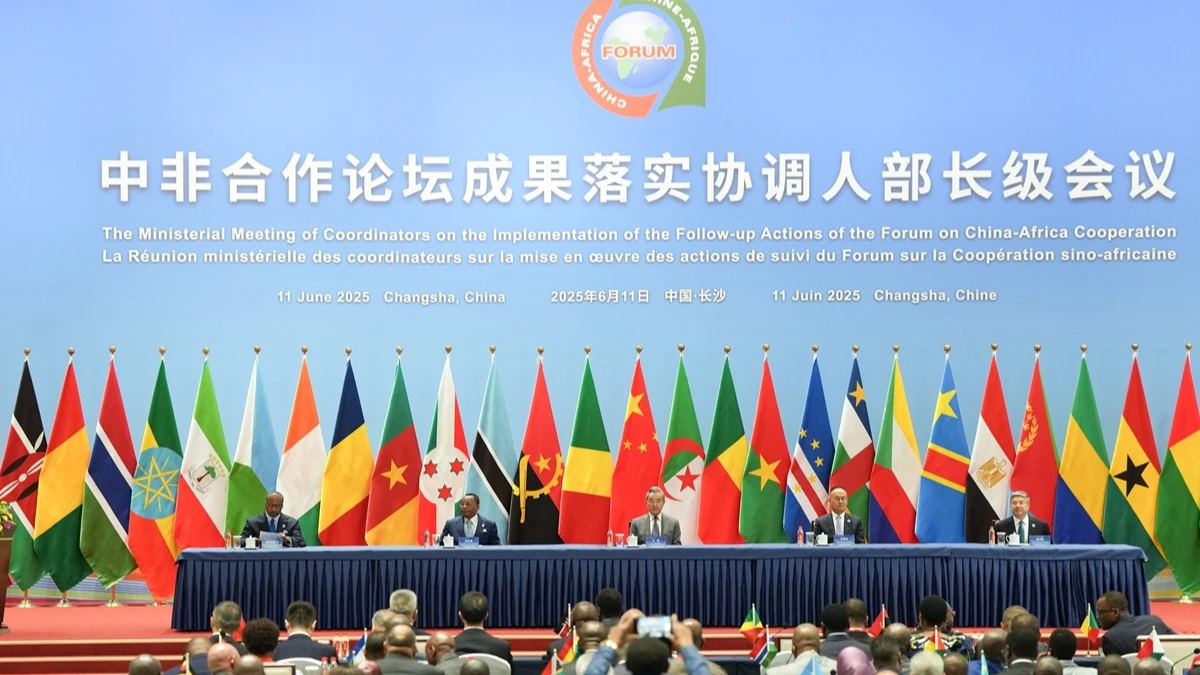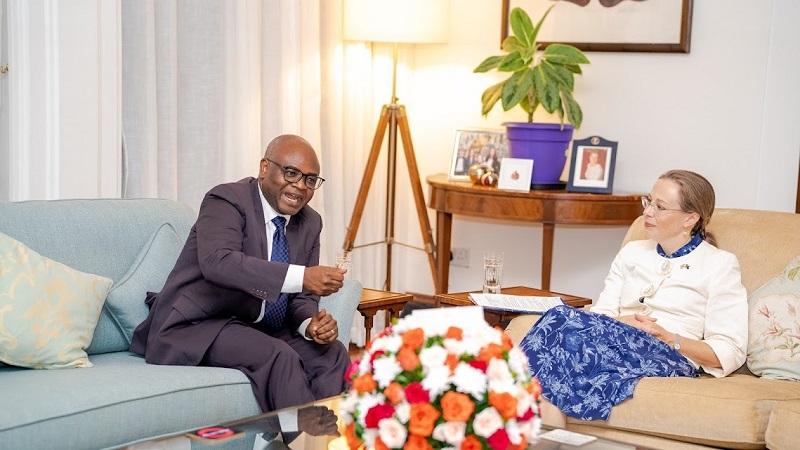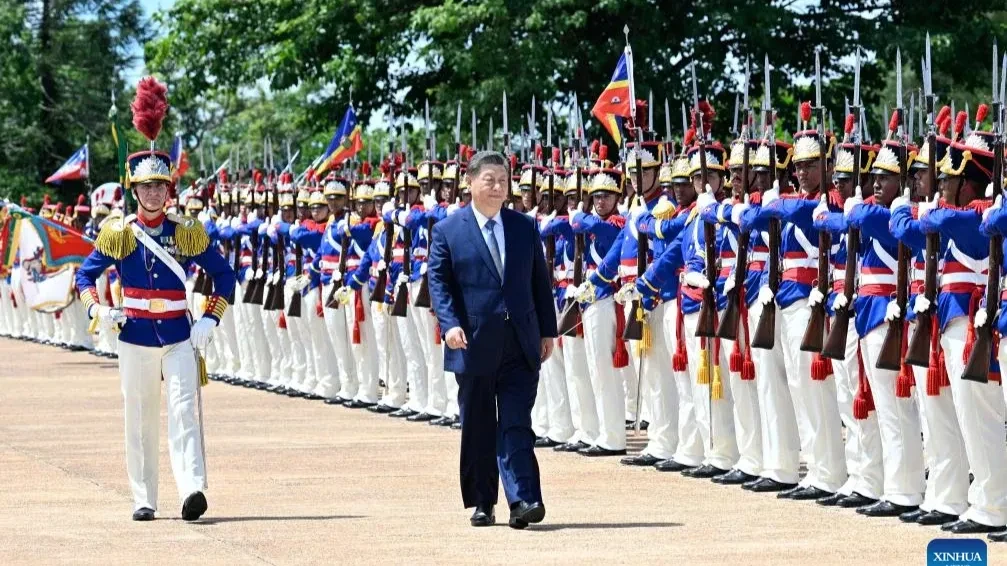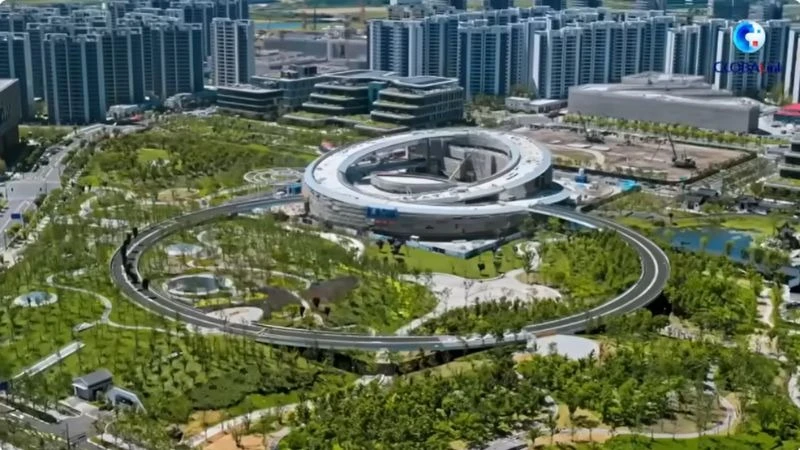Govt plans 18.9trn/-, 33.5pc of budget to development projects
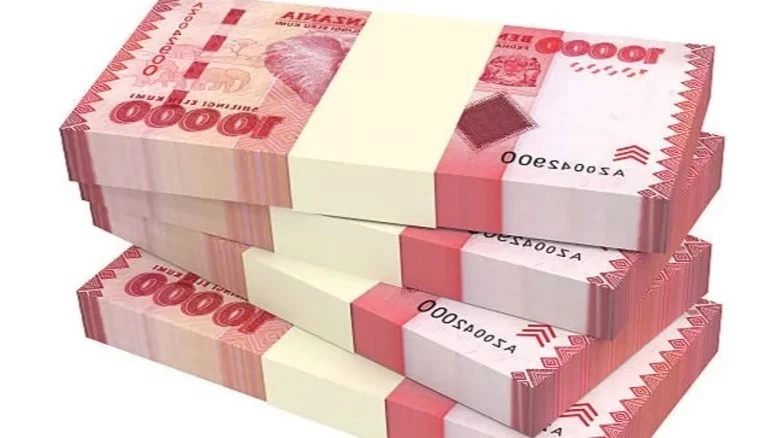
THE government plans to allocate 18.92trn/-, 33.5 percent of the total 56.4trn/- budget estimates for development projects during fiscal 2025/26, up from 15.9trn/- (31.7 percent of 50.29trn/-) in 2024/25.
Prof Kitila Mkumbo, the Planning and Investment state minister in the President's Office, cited this performance in presenting the 2024 national economic performance report and the 2025/26 national development plan in the National Assembly yesterday.
Of this, 14.04trn/- will come from domestic sources and 4.87trn/- from external sources, while Tanzania’s real gross domestic product (GDP) increased to 156.6trn/- in 2024 from 148.5trn/- in 2023. This marked 5.5 percent growth compared to 5.1 percent the previous year, with the pace of growth driven by government initiatives, private sector efforts and the development partners, he said.
Key contributors included the launch of electricity production at the Julius Nyerere hydropower plant, ongoing strategic infrastructure projects in energy and transport and increased private sector lending, he said. Prudent fiscal policies and government investments in social services such as education, health, water and social protection made a huge difference, with 64.2m current population estimates in the Mainland at the end of 2024, up from 61.72m in 2023.
GDP per capita rose by 4.8 percent to 3.2m/- ($1,227) in 2024, while by March 2025, the national debt had reached 107.7trn/-, up 14.9 percent from 91.7trn/- a year earlier. The domestic debt accounted for 34.76trn/-, while the country’s external debt stood at 70.94trn/-, he stated, affirming that the increase results from ongoing borrowing to finance infrastructure projects, including roads, railways, airports, electricity and water.
Loans to the private sector grew by 12.4 percent in 2024, where agriculture led with 41 percent of loans, followed by manufacturing (16.3 percent), commercial services (14.7 percent), transport and communication (13.2 percent), trade activities (12.7 percent) and construction (4.4 percent), he explained.
The minister identified arts and entertainment, manufacturing, electricity generation and distribution, information and communication, finance and insurance as well as health services as leading sectors driving economic growth across the year 2024. He cited agriculture as contributing 26.3 percent to overall growth, while construction made 12.8 percent contribution, plus mining and quarrying delivering 10.1 percent, altogether contributing nearly half of the country’s GDP.
He pointed at strong sector growth rates in 2024, with arts and entertainment expanding by 17.1 percent, electricity generation and distribution by 14.4 percent, information and communication by 14.3 percent, finance and insurance by 13.8 percent, while health sector activity grew by 10.1 percent.
“We need to boost productivity further, especially in agriculture, to raise incomes for more Tanzanians,” he said, affirming that these growth trends reflect a strengthening business environment and expanding economic activity, especially in agriculture and manufacturing.
Policies to lower interest rates and increase funding for key sectors have supported this growth pace, he said, stressing that boosting private sector involvement through innovative financing, including public-private partnerships (PPP) and capital market guarantees, to accelerate development projects critical to economic growth. The current annual plan prioritizes expanding agricultural, livestock raising and fisheries through enhanced irrigation, improved seeds and fertilisers, and completing fishing port projects, he said.
Transport and digital infrastructure will be developed to stimulate economic and social activities, including ongoing construction of the standard gauge railway (SGR), upgrades to major airports and rural road improvements.
Supporting the East African Crude Oil Pipeline (EACOP) project and expanding the country’s digital infrastructure to enhance ICT usage in production, trade and service delivery are also key objectives.
The minister pledged efficient use of funds to improve citizens’ welfare and sustain development, asserting that the plan bridges completed and upcoming initiatives under the National Development Vision 2050.
It focuses on completing key projects to establish an inclusive and sustainable foundation for future growth, he added.
Top Headlines
© 2025 IPPMEDIA.COM. ALL RIGHTS RESERVED


